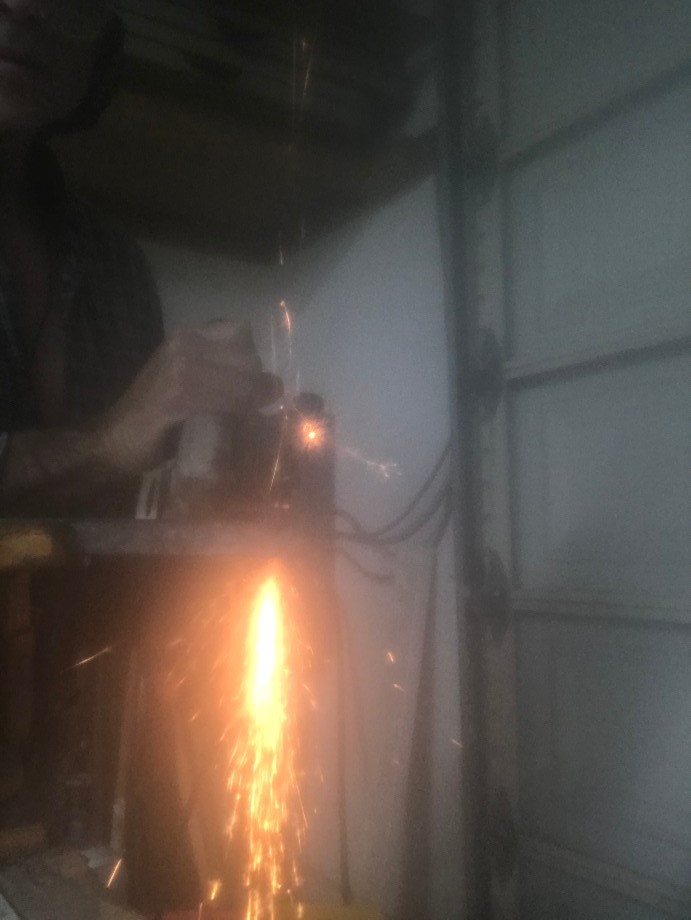




 6
6




William Bronson wrote:Hey Joshua, are you up for sharing the details your steel melting foundery?
“So I'm lightin' out for the territory, ahead of the scared and the weak and the mean spirited, because Aunt Sally is fixin’ to adopt me and civilize me, and I can't stand it. I've been there before.”
 2
2




 5
5




William Bronson wrote:I think "create a usable form of tool steel" is a good description of what intrigued me.
I have built a Whitlox style wood fired forge, and I've explored melting aluminum, copper and/or bronze for decorative castings.
I hadn't realized one could fully melt steel in a charcoal fired device,much less improve its strength.
Being able to cast steel,even in small amounts,would be darn useful.
It's easy to come by and I can see artists excited to pay for such a service.
Being able to make tool quality steel has more possibilities than I can grasp just yet.
![Filename: Finished-furnace-(1).jpg
Description: [Thumbnail for Finished-furnace-(1).jpg]](/t/240809/a/233171/Finished-furnace-(1).jpg)
“So I'm lightin' out for the territory, ahead of the scared and the weak and the mean spirited, because Aunt Sally is fixin’ to adopt me and civilize me, and I can't stand it. I've been there before.”
 5
5




 5
5




 6
6




Douglas Alpenstock wrote:Very cool stuff guys! Just made popcorn and am settling in to watch the show.
Silly question perhaps -- but given that the world is awash in steel, could one game the system and scrounge specific types that can be easily reworked into the kinds of tools that homesteaders need?
“So I'm lightin' out for the territory, ahead of the scared and the weak and the mean spirited, because Aunt Sally is fixin’ to adopt me and civilize me, and I can't stand it. I've been there before.”
 1
1






|
Doe, a deer, a female deer. Ray, a pocketful of sun. Me, a name, I call my tiny ad ...
Switching from electric heat to a rocket mass heater reduces your carbon footprint as much as parking 7 cars
http://woodheat.net
|


